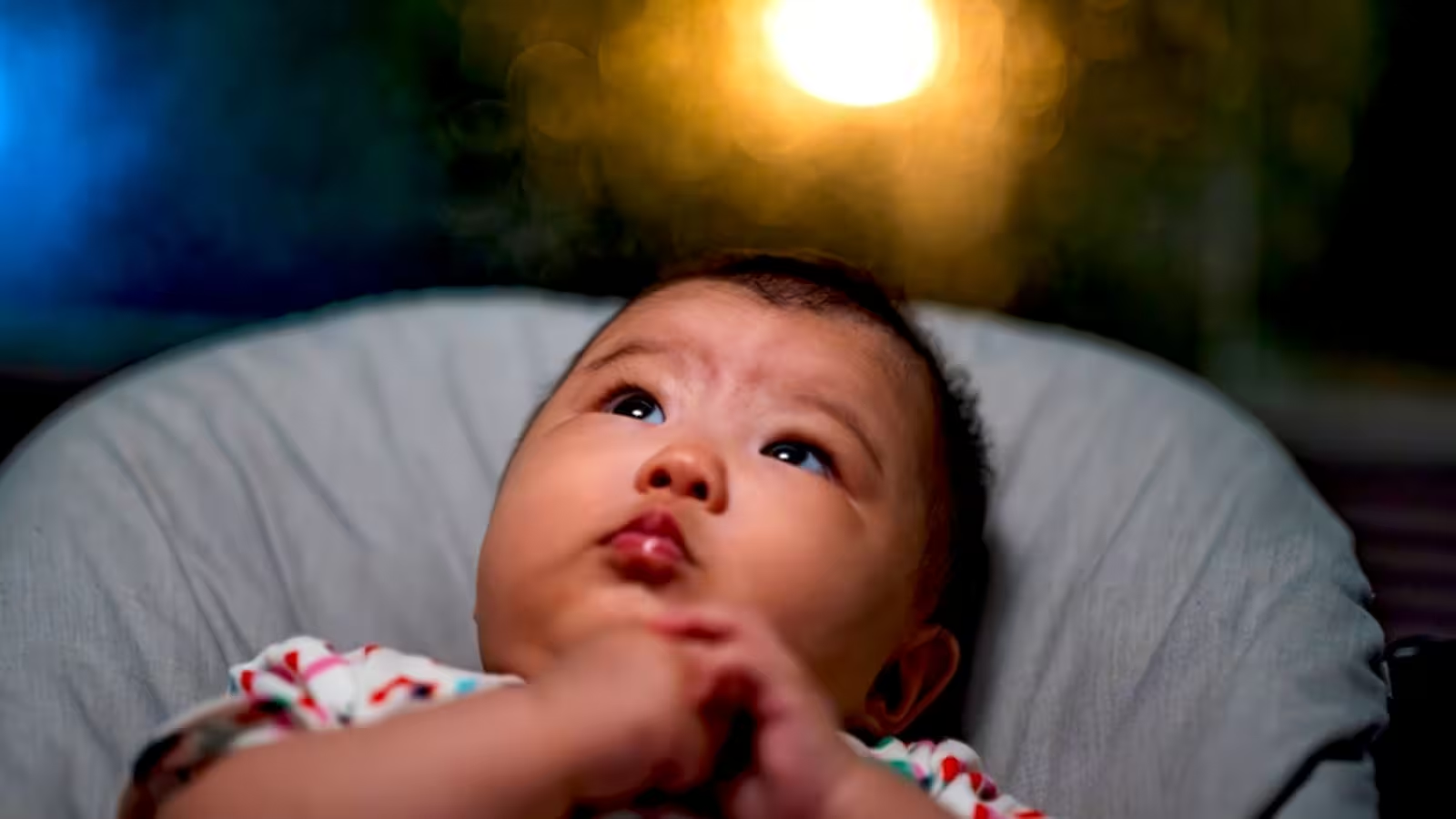5 Minutes
Introduction: The Future of Human Birth Beyond Earth
As human space exploration embarks on new frontiers, including longer missions to Mars and beyond, fundamental questions arise about how life might begin and thrive in outer space. Among the most intriguing and consequential is whether humans could safely conceive, carry, and deliver babies in the harsh environment of space. With mission timelines now stretching months or even years, the biological feasibility of pregnancy and childbirth in microgravity has shifted from science fiction into a pressing consideration for future space colonization.
Embryonic Development: Stages and Space Risks
Conception and early pregnancy on Earth are already fraught with risk; more than 60% of human embryos fail to survive to birth. Most losses occur in the earliest weeks, often before pregnancy is even detected. This natural selection results from failures in embryonic development or unsuccessful implantation in the uterus.
The journey from fertilization to birth involves a delicate sequence of biological milestones, each susceptible to disruption. On Earth, scientists can estimate the odds of success using clinical studies and established models. However, the extreme conditions encountered in space—including microgravity and increased radiation—could fundamentally alter these probabilities.
The Impact of Microgravity
Microgravity, the near-weightlessness experienced on the International Space Station and deep space missions, introduces significant challenges. While physical intimacy and conception become far more complicated in the absence of gravity, once an embryo successfully implants in the uterine wall, continuing pregnancy may proceed somewhat similarly to Earth. The fetus already develops in amniotic fluid, effectively floating in a near weightless environment, comparable to how astronauts train in water tanks to simulate microgravity conditions.
However, childbirth and postnatal care present far greater obstacles. In an environment where nothing stays put and fluids float, delivering a baby becomes a highly complex process. Everyday actions such as positioning during labor or feeding the newborn—both reliant on gravity—would require new techniques and tools in space.
The Threat of Space Radiation
Beyond the effects of microgravity, cosmic radiation poses one of the most consequential risks for pregnancy and early life in space. Space travelers are exposed to high-energy particles known as cosmic rays, which are stripped atomic nuclei traveling near light speed. While Earth's atmosphere and magnetic field provide robust protection against these rays, astronauts—and hypothetical space-born infants—lack this natural shielding.
When cosmic rays pass through the human body, they can ionize atoms, disrupt cellular structures, and damage DNA. Particularly during the first month of pregnancy, when the embryo's cells are rapidly dividing, a hit from a high-energy particle can trigger serious malformations or spontaneous miscarriage. Although embryos are tiny and direct hits remain uncommon, the potential for life-altering mutations or developmental disruption is a legitimate concern. Furthermore, even cells that survive initial radiation may respond by causing inflammation, leading to broader systemic effects impacting the health of both the mother and embryo.
Changing Risks Throughout Pregnancy
As pregnancy advances, so too do the risks shift. Once the placenta is fully formed and fetal growth accelerates during the second trimester, the target area for cosmic radiation becomes larger. A direct impact to the uterine muscle could initiate contractions, increasing the risk of preterm labor—a condition already associated with higher rates of infant mortality and developmental issues, even with modern neonatal care.
Meanwhile, other complications common to pregnancy on Earth—such as preeclampsia, gestational diabetes, or infections—may become more difficult to manage in space's resource-limited settings. While improved medical technology and preparedness may mitigate some risks, each additional hazard is amplified by the unique environment beyond Earth.
Postnatal Development in Microgravity
The challenges do not end with a successful birth. A newborn's continued development in microgravity raises profound biological questions. Gravity plays a foundational role in the reflexes that help infants learn to lift their heads, sit upright, and crawl—preludes to walking and motor skill development. Without the instinctive sense of up and down, space-born infants could develop coordination and muscular strength very differently, necessitating new forms of rehabilitation or adaptive technologies.
Exposure to cosmic radiation persists after birth as well. The infant brain, which undergoes rapid growth in the first years of life, is particularly vulnerable to the long-term effects of radiation, potentially leading to cognitive, memory, and behavioral challenges. Extended stays in space may therefore have compounded, lasting impacts on child development.
Expert Perspectives and Future Technological Solutions
As visionaries and scientists contemplate establishing permanent human settlements on the Moon and Mars, understanding how to safeguard reproductive health in space has become a priority. According to experts at agencies like NASA and ESA (European Space Agency), engineering robust protection against radiation and developing artificial gravity systems may one day enable safer pregnancies and child-rearing in space. Advanced biotechnologies could also one day repair or counteract radiation-induced genetic damage, although such solutions remain largely theoretical at present.
Current space missions prohibit pregnancy due to these known and unknown risks, and no human has been born in space to date. However, animal studies (notably involving mice and rats) have demonstrated significant developmental challenges when gestation occurs in microgravity or under increased radiation, reinforcing concerns and guiding future research efforts.
Conclusion
The scientific consensus is clear: while human reproduction in space is theoretically possible, it is fraught with significant hazards that would need to be mitigated for the health and safety of both mother and child. Until comprehensive methods are developed to counteract the effects of space radiation, prevent premature labor, and support postnatal development without gravity, pregnancy and childbirth in space will remain one of the most formidable frontiers in human exploration.
As humanity looks toward becoming a multiplanetary species, answering these fundamental biological questions will be as crucial as building rockets or habitats. The safe birth of a child in space would mark a profound step forward in our journey beyond Earth—but it is a challenge that awaits further scientific innovation and understanding.
Source: theconversation



Comments